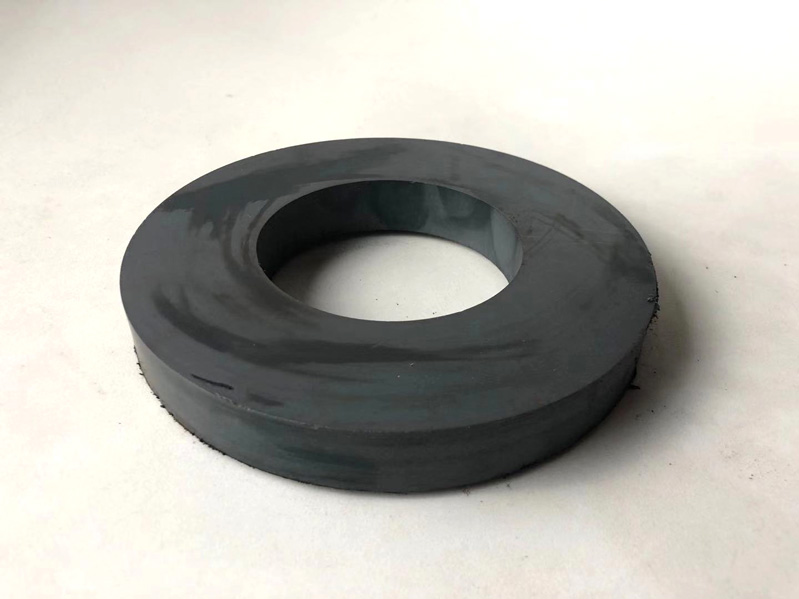The magnet in the subwoofer (bass speaker) is essential, mainly using sintered hard ferrite ring magnets. Some netizens want to know if the magnet size of the subwoofer is important?
Size has a significant impact on subwoofer performance, but it is not the only determining factor.
Commonly used magnets for subwoofers, A larger volume is required to provide sufficient magnetic force.

Magnet size matters;
Larger magnets typically provide a stronger magnetic field, which helps the speaker unit control the movement of the voice coil more precisely, resulting in improved low-frequency response and clarity of sound.
Stronger magnets allow the subwoofer to deliver deeper bass at lower frequencies and maintain greater stability at high power, reducing distortion.
While magnet size is important, the performance of a subwoofer also depends on magnet material, voice coil design, diaphragm material and size, cabinet design, amplifier power, and more.
Subwoofer magnet size tradeoffs
Magnets that are too large increase the weight and size of the subwoofer and can be costly, especially when using high performance magnet materials such as NdFeB.
Magnet that is too small may result in insufficient drive, poor low-frequency response, and susceptibility to distortion, affecting sound quality.
In practice, home subwoofers usually use medium-sized magnets, balancing performance, size and cost. For car subwoofers, due to space constraints, high-performance neodymium-iron-boron magnets are often used to achieve strong magnetism in a smaller size. Professional audio systems may use larger magnets to meet high power and low distortion requirements.
The size of a subwoofer magnet largely determines its sonic performance, but it needs to be considered in conjunction with the magnet material, voice coil design, diaphragm and cabinet structure.
Related Products Column;
Rare earth neodymium ring magnets
Articles about speaker magnets;
Double magnet speaker vs single magnet
Reasons why tweeter magnets are larger than full-range speaker magnets
 China Neodymium And Ferrite Magnets Manufacturer & Supplier
China Neodymium And Ferrite Magnets Manufacturer & Supplier 


